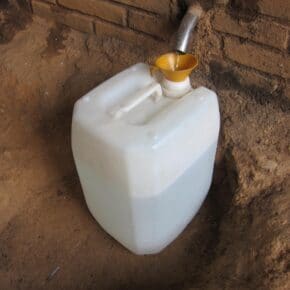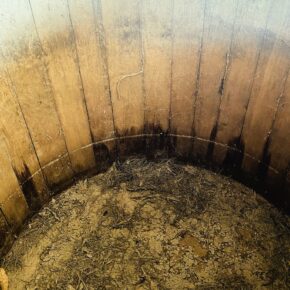File this under blog posts that get lost among a pile of back to back events and a crazy fall…
In a move to be transparent, Del Maguey posted a piece on its blog in September explaining that the ABV for a few of its expressions was going to increase because of new rules around allowable levels of furfural and methanol in mezcal. Both furfural and methanol are naturally occurring chemical compounds and are in a whole host of food and beverages in the human diet. But like anything else, in large amounts they can be poisonous. In the alcohol industry this is particularly true so both chemicals have been regulated wherever regulations have been in place.
So, why was Del Maguey talking about this? Well, as part of the new NOM 70 regulations, levels of both furfural and methanol are now being tested in the certification process. The levels, 0-5 mg of furfural per 100 ml of alcohol and 30-300mg of methanol per 100 ml of alcohol, are not some new and random range. These levels have been part of the overall alcohol guidelines in Mexico since 1997. What’s new is that the CRM is now testing for them.
Furfural is created during the agave roasting process as sugars caramelize. This is not unique to agave, it happens anytime sugar caramelizes whether it be in candy, salsas, dulce de leche, whatever. The more caramelization, the higher the furfural levels.
Methanol is produced in the fermentation process and is then reduced during distillation. The first distillates that drip out of the still are known as heads or puntas. They have a higher percentage of alcohol and a higher concentration of methanol. Most distillers separate these from the main section or “heart” of the distillation run in order to control the methanol level and the flavor of the mezcal. Methanol also boosts the ABV of mezcal so by removing or tempering the amount of heads in a distillation run, a distiller lowers the ABV of the mezcal and ensures that it’s something that won’t poison us.
So, it may seem counterintuitive that Del Maguey would be raising the ABV on some expressions – and as they explained, this has everything to do with the process involved in how their mezcal is made. Like pretty much everyone producing mezcal, Del Maguey works with its producers to balance flavor and ABV by blending heads, hearts, and tails. Previously they used a higher proportion of tails which contained a lower percentage of alcohol but still a high concentration of methanol. So, to reduce that methanol level, they reduced the amount of tails which also raised the ABV. To date they have only made this change in the Chichicapa and Minas labels because those are the only expressions that have needed the change. Del Maguey recently purchased a chromatography machine to manage this process and plans to continue adjusting as necessary.
This brings up the whole issue of differences in process. In reaching out to other brands to see if they have had to make adjustments, the simple answer was “No” and that has mostly to do with how water is used in lowering the ABV, or how long folks are fermenting their agave (a longer fermentation means more methanol), or how long they cook their agave (again, a longer cook time can lead to slightly more furfural) and what agaves are being used – some varieties can produce more furfural in the cooking process than others.
Perhaps the whole situation was best summed up by Ivan Saldaña of Montelobos in a comment on November 6th at the Conferencia Agave in Oaxaca, Mexico:
Ready to discuss the silly methanol limits established to agave spirits. Eating 1kg of apple gives you more methanol in your blood than have a bottle of non- certified Mezcal (600-500 mg/100 ml absolute alcohol). While fruit brandy can go up to three times higher in this compound – legal in the US and Europe-, in Mezcal we have stigmatize methanol content with no coherent reason. This is destroying historic taste in the argument for “quality” and pushing producers to change the way they produce and the traditional agaves they used to produce with.
The Mexican standards are much more restrictive than in the US and actually lower than the levels set by companies like Pernod Ricard and Diageo. The CRM is now testing to see if everyone is in compliance with those levels. We like the transparency of Del Maguey, and bringing the topic out for further discussion, but hope that folks remember that there are all sorts of traditional practices in making mezcal, including ones that add water along the way.












Interesting, thanks — but this isn’t adding up for me. You’ve first stated above that the heads “have a higher concentration of methanol” (which makes sense to me, as it has a lower boiling point than ethanol). But you’ve later said that Del Maguey is now blending in less tails, because the tails have “more methanol”. Maybe they have some methanol content, but surely less than heads and hearts? If so, I can’t see how changing proportions and blending in less tails would decrease methanol content. Or are you talking about heads, hearts, and tails from different distillations??
Don Pablo – Great question because it is confusing and counter intuitive. Heads have the highest concentration of methanol, as do the tales. The tales are used to lower the ABV, but because they still have methanol, it adds to the overall methanol level. Therefore, as Del Maguey reduces the tales being put back in, it increases the ABV, but lowers the overall methanol levels in order to hit the new allowable range. I adjusted the wording to make that more clear – I hope!